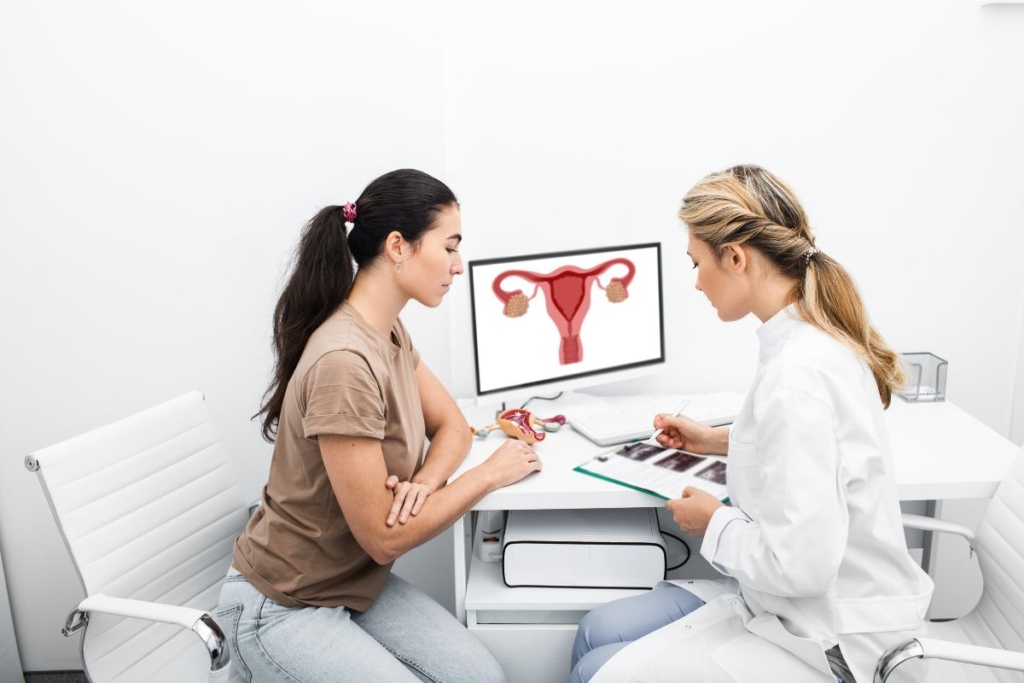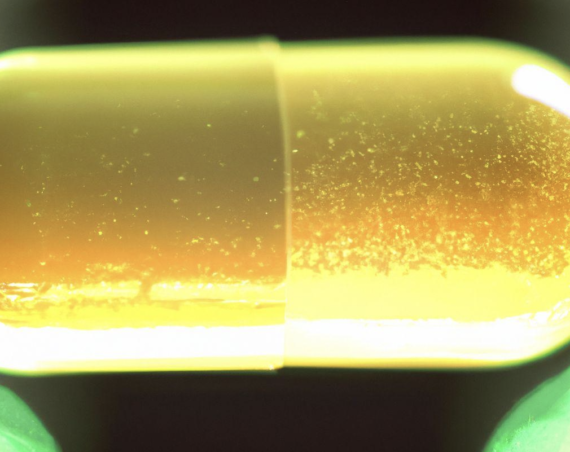Bacterial vaginosis – abbreviated to BV – is a common infection that affects the vagina that affects women of reproductive age.
It happens when there is an imbalance in the natural bacteria that live in the vagina, allowing harmful bacteria to take over.

BV can cause unpleasant symptoms such as odor, itching, or vaginal discharge, and can be a frustrating condition to experience.
Thankfully, there are a few different treatments that are used to remedy this condition. In this article, we’re going to take a look at some of these, how they work, and how they can restore the pH balance in the vagina.
We’ve also included some additional information for you to take a look at.
What Is Bacterial Vaginosis?
Bacterial vaginosis is a kind of infection that happens when the bacterial balance in the vagina becomes disrupted.
Generally, the vagina will contain a healthy mix of bacteria – for example, lactobacilli – which will help to maintain an acidic environment.
BV is caused by too much harmful bacteria, such as Gardnerella vaginalis, which can then cause further issues.
Several factors contribute to the development of bacterial vaginosis including using certain types of soaps and perfumes, douching, having multiple sexual partners, or not using condoms using sex.
Although BV is not usually a very serious condition, it can eventually lead to complications like pelvic inflammatory disease, which can cause a lot more issues for a person’s overall health.
Symptoms
The main symptoms of bacterial vaginosis include a strong odor, burning and itching, pain when urinating, and a thin, gray or white kind of vaginal discharge.
While not all women with bacterial vaginosis will experience these symptoms, it can often be mistaken for other types of vaginal infections, for example a yeast infection.
It’s important to seek help if you believe you might have BV, and visit your local healthcare provider.
What Is The General Treatment For Bacterial Vaginosis?

There are a few main treatments used to help ease bacterial vaginosis symptoms. The most common of these is using antibiotics, which can be taken orally or applied to the affected vaginal area.
Oral antibiotics are often prescribed, and work to kill the harmful bacteria in the vagina, ultimately restoring the natural balance of bacteria. Topical applications of antibiotics do the same things.
Aside from antibiotics, there are many natural remedies that some believe can help to alleviate the symptoms of bacterial vaginosis.
These include probiotics, which can help to restore the natural balance of bacteria in the vagina, and tea tree oil, which some people believe to have antibacterial properties.
It’s important to note that not all cases of bacterial vaginosis require treatment. In some cases, the infection may clear up on its own.
However, equally important is that you go and seek help from a healthcare provider if symptoms persist and are causing you significant discomfort.
How Does This Treatment Restore Vaginal pH?
One of the main goals of bacterial vaginosis treatment is to restore the natural balance of bacteria in the vagina.
pH plays a key role in maintaining an overall healthy environment in the vagina. The vagina is naturally acidic, with a normal pH level that sits between 3.5 and 4.5
This acidity is vital as it helps to prevent the growth of harmful bacteria, and promotes the growth of good bacteria.
However, when the pH becomes too alkaline, harmful bacteria can quickly grow out of control and cause many issues.
If you take antibiotics to treat this issue, then you will be able to restore the natural balance of bacteria and ultimately return the vaginal pH levels back to their normal, suitably acidic state.
Final Thoughts
So that was a short description of how to restore vaginal pH and treat bacterial vaginosis. You should know that although it’s not a serious condition, it can cause many issues that can interrupt a person’s life.
We hope that this article has explained everything you wanted to know about bacterial vaginosis and now know a lot more about this issue.
Make sure to contact a healthcare professional if you are struggling with any of these symptoms and believe you have bacterial vaginosis.




